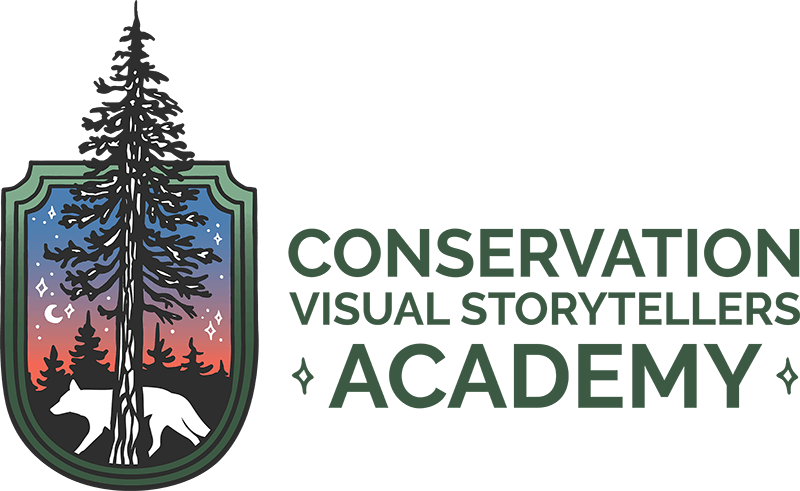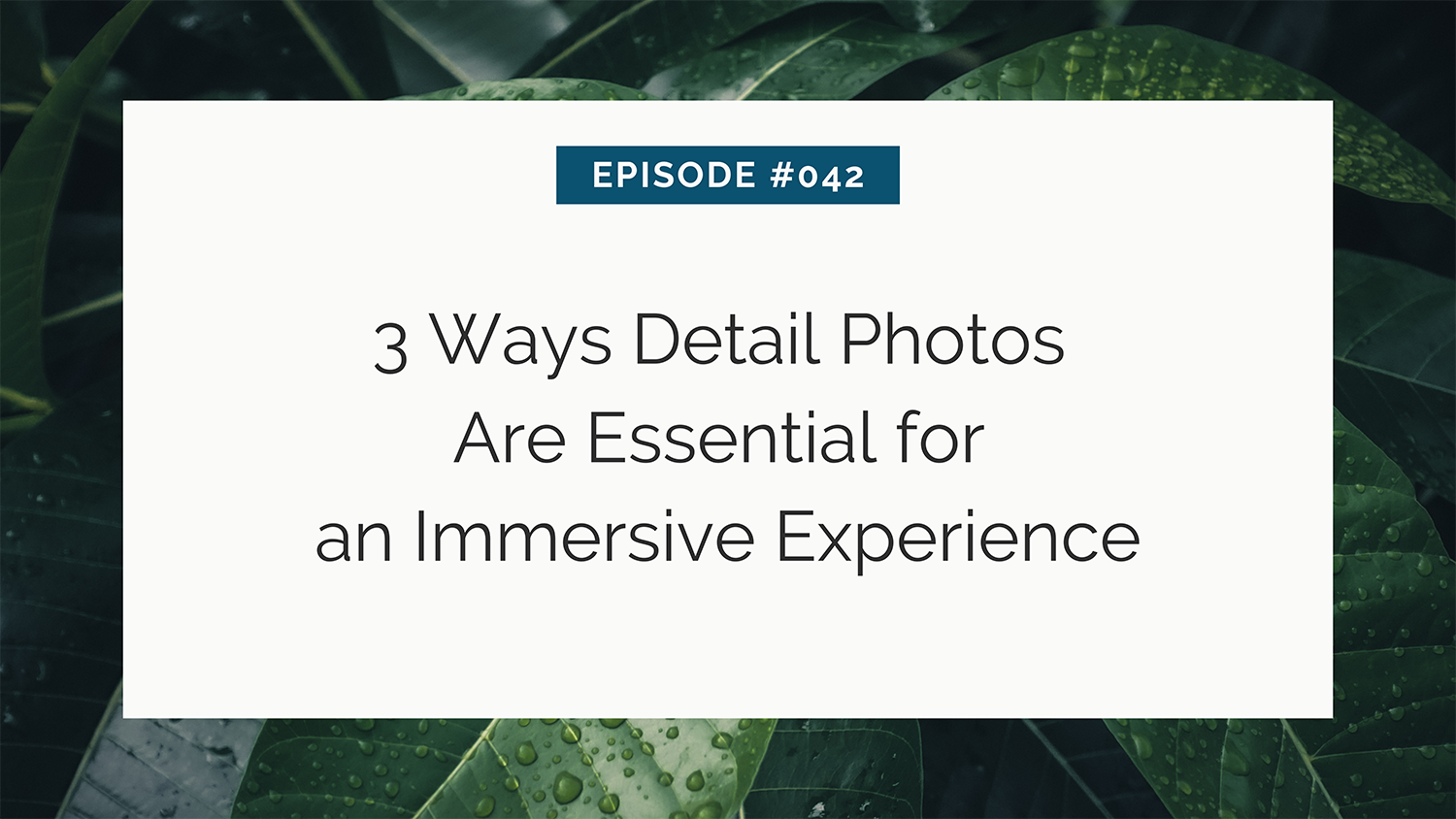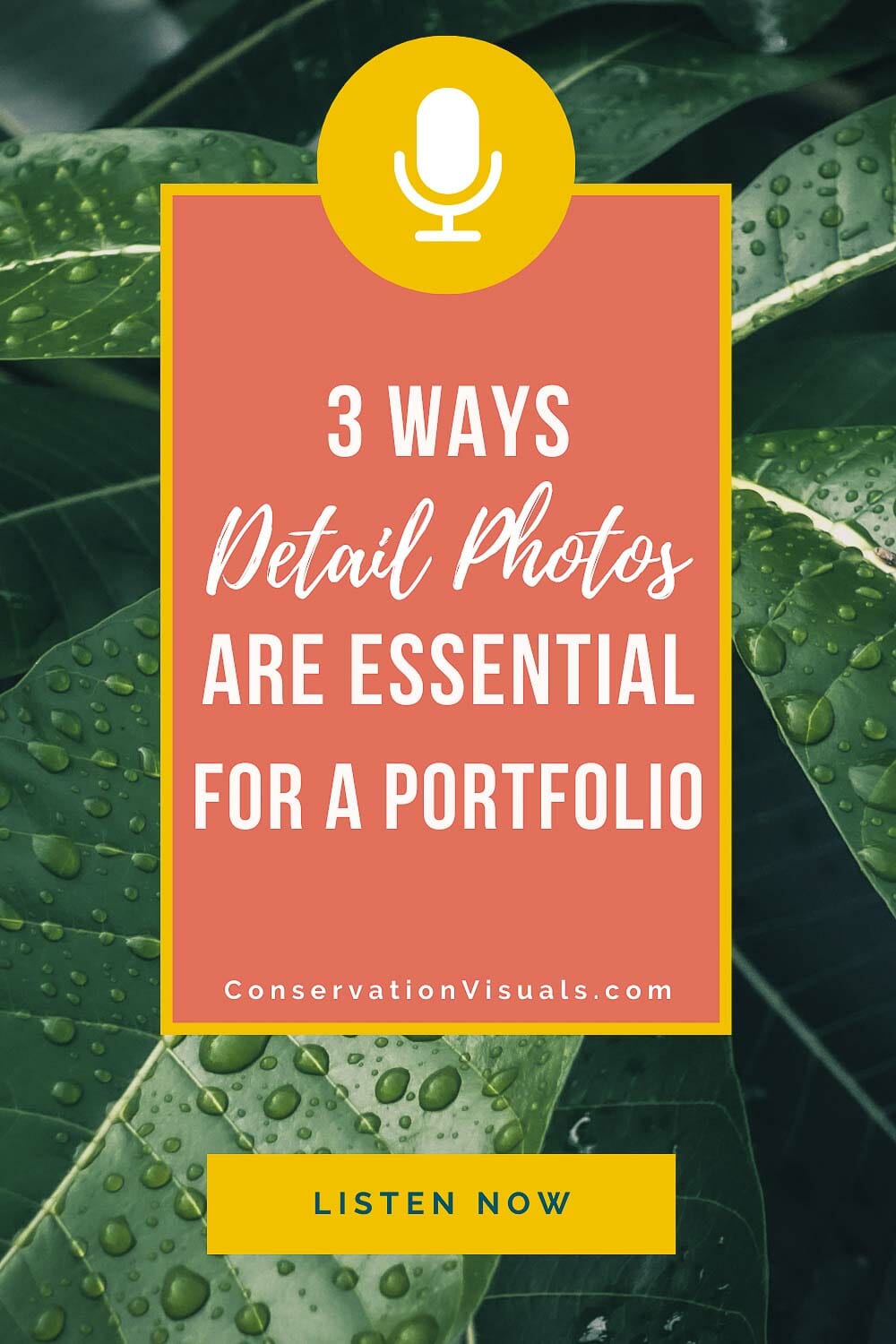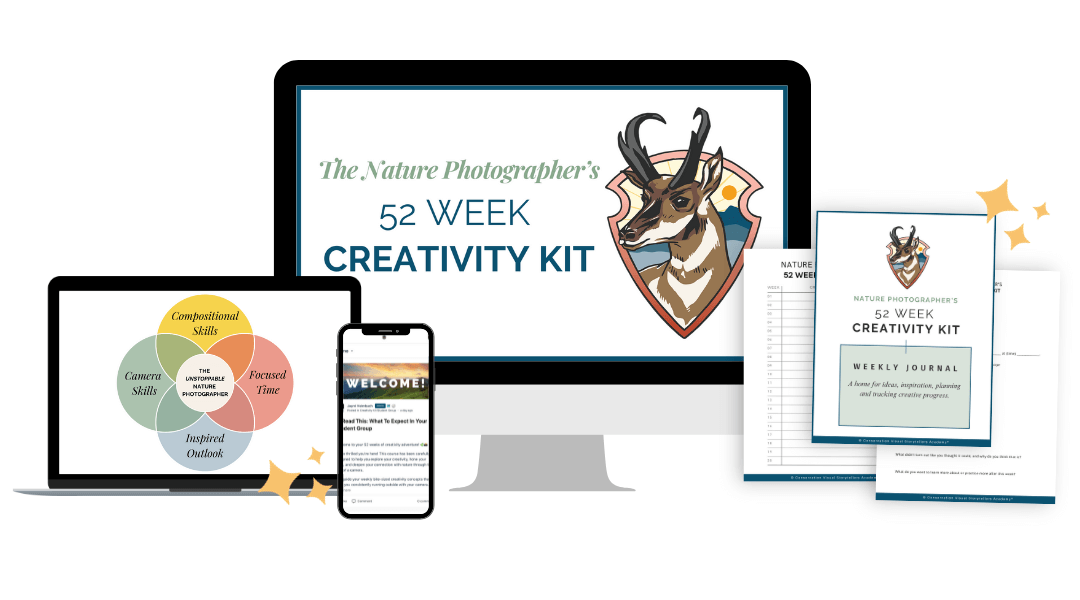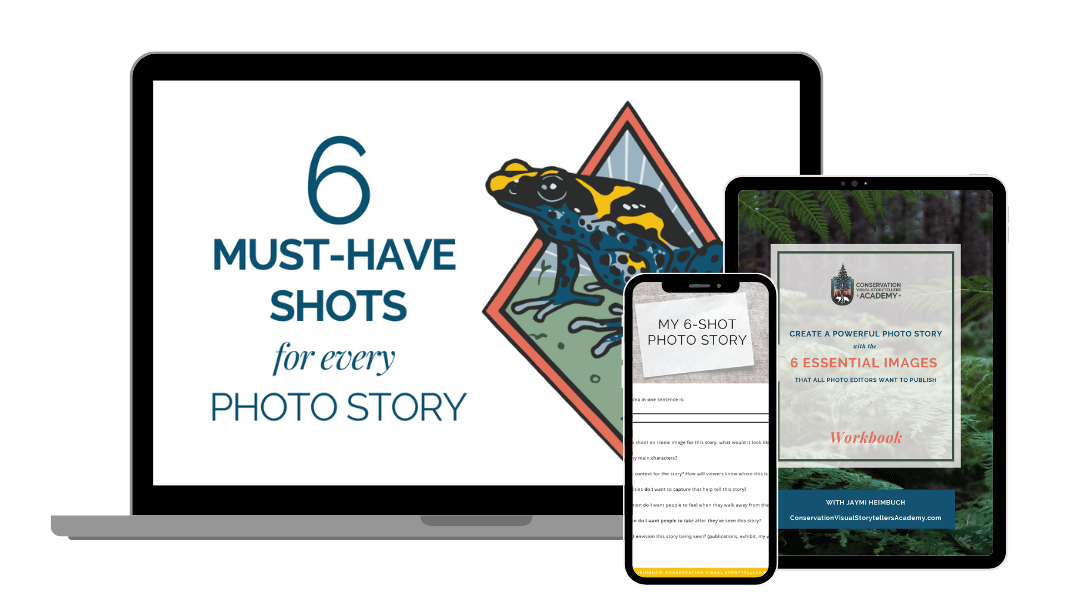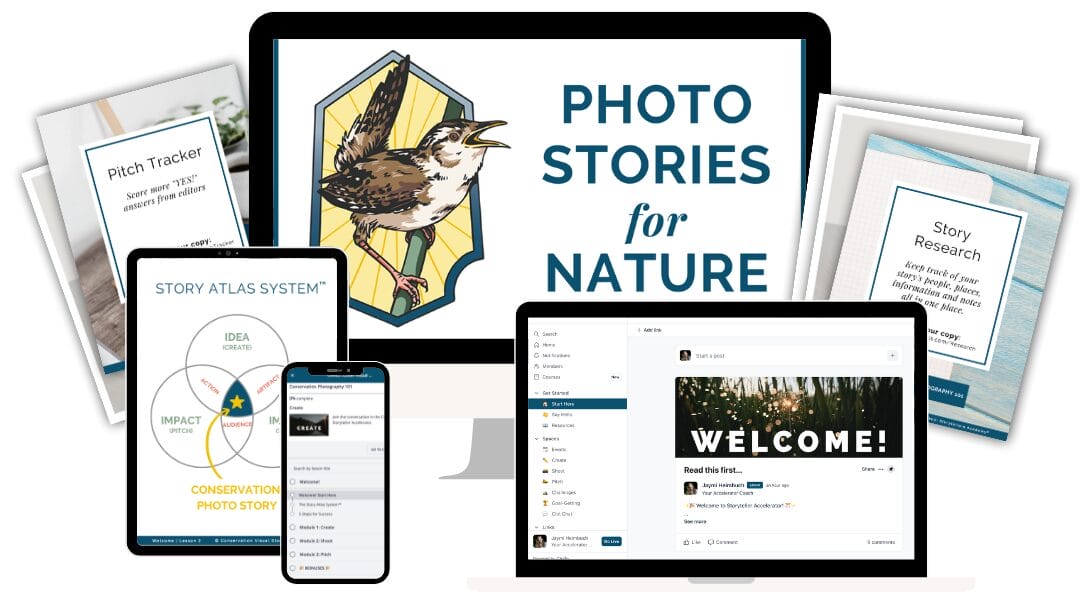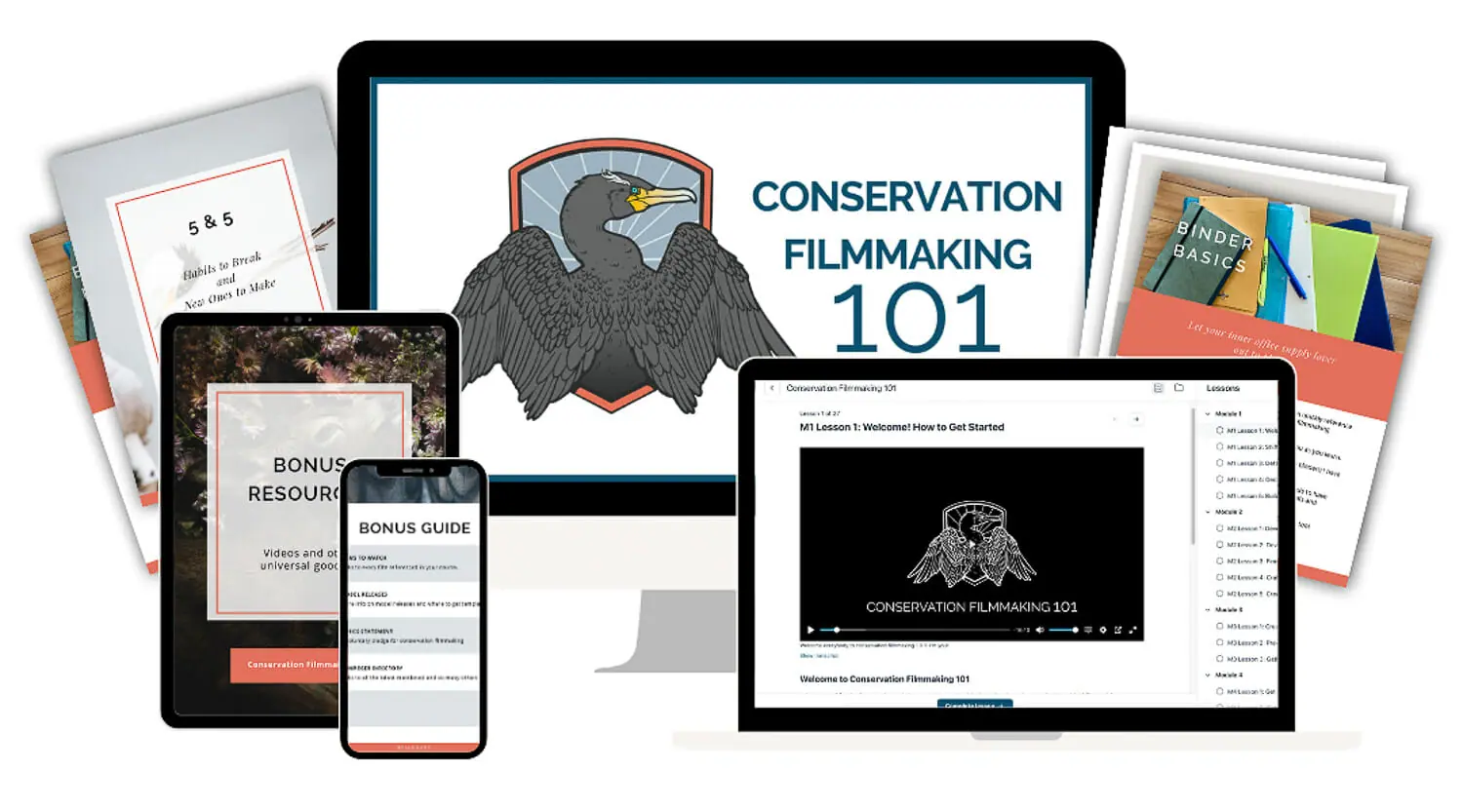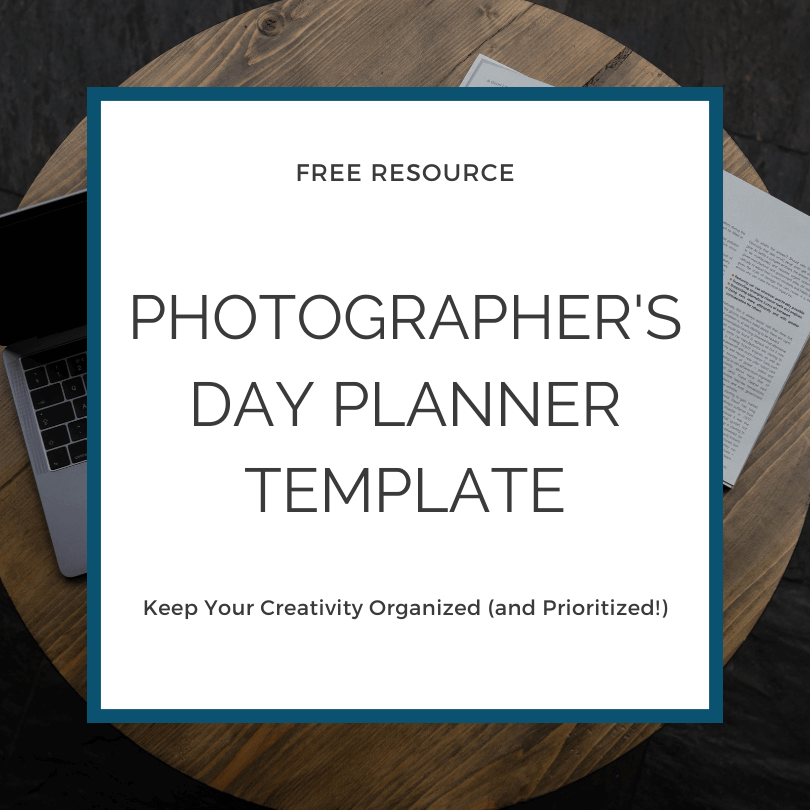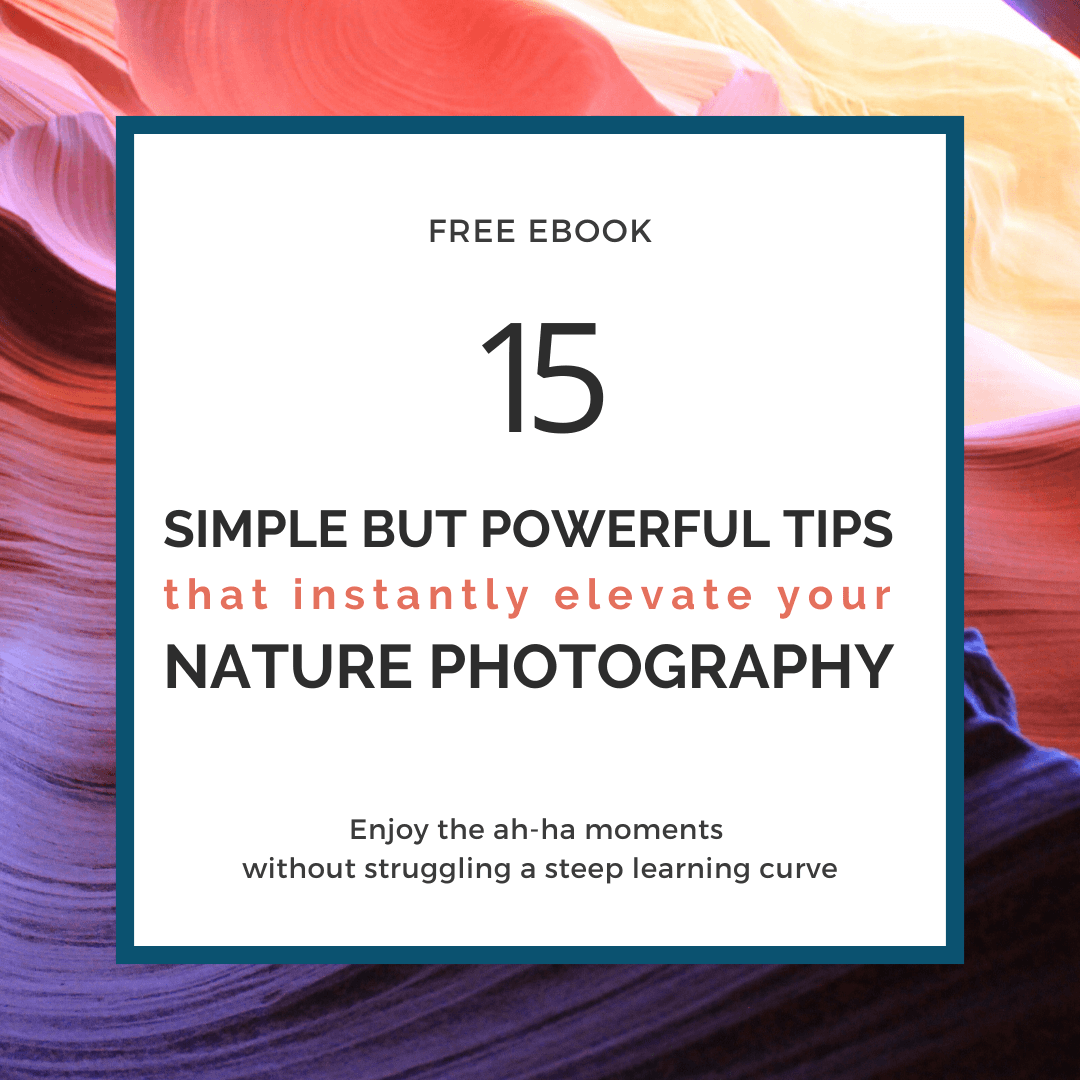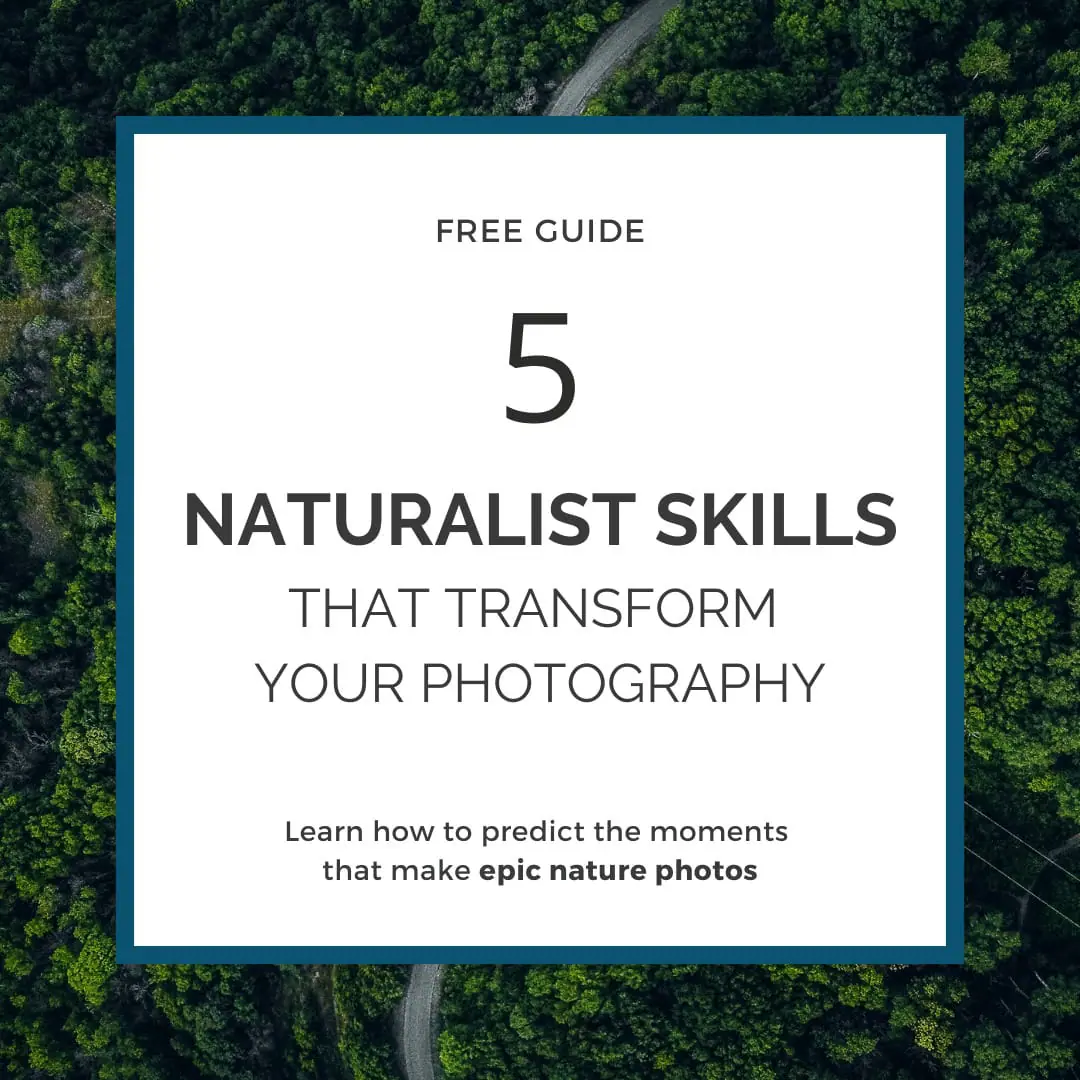3 Ways Detail Photos Are Essential for an Immersive Experience
Like Clark Kent, detail photos are easy to overlook. But when you're in need of a deeper, fuller story that's full of all sorts of extras, they reveal their super powers.
These simple shots are the secret sauce to powerful photo stories
Detail shots. They are one of the six essential photos that you need in a photo story.
But it's easy to forget about capturing the details of a story when you're focused on other things like characters or action.
So in this episode, we are celebrating the detail shot in all it's surprising glory.
We talk about why they’re so essential to photo stories, and three key ways that they can be used to create a richer experience for viewers.
You'll Learn
- How details add a whole new dimension to stories and characters
- How details also go beyond the story, and create a more immersive experience for viewers
- Questions you can ask yourself to figure out how to add details to your shot list
Episode 042: 3 Ways Detail Photos Are Essential for an Immersive Experience
Shownotes: ConservationVisuals.com/42
(Digitally transcribed, please forgive any typos)
________________
Jaymi Heimbuch:
When it comes to photographing a complete story, detail photos are absolutely essential, but I think that they're one of the most overlooked and underestimated types of photos to make sure that you capture and include in photo stories. So in this episode, we're going to talk about three ways that detail photos can be used inside of a story to make it a more immersive, amazing experience for the viewer. Let's dig in.
Welcome to Impact, the conservation photography podcast. I'm your host, Jaymi Heimbuch. And if you are a visual storyteller with a love for all things wild, then you're in the right place. From conservation to creativity, from business to marketing and everything in between, this podcast is for you. The conservation visual storyteller, who is ready to make an impact. Let's dive in.
One of the things that I teach inside of my digital course, Conservation Photography 101 is the six types of shots that you really need to get for a complete photo story. And detail shots is one of them. It was really interesting because last week we had a Q and A session. So every single week, my students and I hop on a video call for a Q and A session. And sometimes we do image critiques. And so this was an image critique call. And one of the students brought in a photo for review that was very much a detail shot. And what was really fun was digging into the ways that an editor might want to use that inside of the story that she's shooting. And it reminded me about how much there is to detail shots, like why they are so important to a photo story. And I wanted to just kind of take a moment to celebrate them and to talk about why it's so important to remember, to capture detail shots, because there are so many ways for them to be used.
And in this episode, I'm going to talk about three reasons why detail shots are so important. The first reason is a detailed shot can provide additional information to a photo story. So it might not be the most engaging or compelling or fascinating shot, but it's still essential because it can provide additional information that might not otherwise get included. In the overarching story. You've probably noticed this inside of photo essays or stories where there'll be kind of a smaller inset shot with a caption under it.
And let's say it's a radio tagging device next to another object, like a coin for size reference. You can kind of see how tiny this little device is. Well, that detail shot allows an editor, an opportunity to talk about the technology that, you know, the way that this tag is getting used or how tiny it is, or the weight of it, things that people might be really curious about, but that don't really fit into the narrative of the larger story. So a detail shot like that is the perfect opportunity to do basically a little pullout or a little pop out box that talks about these details about the story, thanks to a detail photo.
Some of the things that detail shot can really help illuminate or bring attention to, and kind of that extra way is maybe a piece of a process. So let's say it's an image of test strips changing color because they're being used to show what kind of chemicals are inside of water. Or let's say it's a story about native plant restoration. Well, the detail shot could be maybe seedlings or even the seeds themselves. And that's opportunity to add more detail into maybe the sourcing of the seeds or at what point they're actually put into the ground in this project.
Detail photos can even help to illuminate more deeply part of an event, or part of a longer timescale of change. So for example, the student in my CP 101 class brought in a detailed shot of a monarch chrysalis, because that is one small part of this much larger story, but it helps to explain sort of the timeframe. It's a detail shot that gives us the opportunity to learn more about this one small part of an event, which is, releasing monarch butterflies.
So detail photos are fantastic for providing opportunity to talk a little bit more in depth or as an aside with information that's really interesting, but might end up otherwise getting left out of the story because it's extra, it's a little bit extraneous, but is still really cool. So detailed shots kind of have an amazing ability in providing that excuse, I think, to celebrate something really interesting.
Now, a second reason why detail shots are so important is that they can provide you a deeper connection to a character in the story. Portraits are a huge part of telling a story. Action shots are a huge part of telling a story. And we get to know characters really well when we're viewing them through these portraits or these action shots with these kinds of context shots. But then when you remember to start to zero in and get some details, it allows the viewer to feel a lot more connected to that character because they're getting those little glimpses into someone's world. It's as if you're sitting down next to them and you start to notice things about them because you're spending more time with them kind of more comfort in getting to know them better. That's what detailed shots can bring out.
So for example, maybe there are objects in someone's home that really illuminate who they are, or a lot about their personality or their style, or more about the story that you're telling about that person. Or maybe it's that person's hands at work, doing something. Maybe they're a clay worker or a leather worker, or maybe they do some other craft or gardening. And what they do with their hands is really important to that story about them and a detail shot about their hands can really tell us a lot about them.
And of course, it's not limited to people. Either feather patterns for patterns, maybe the detail shot is about the shape or texture or function of a body part like gecko foot pads or a hummingbird drinking, or the zygodactyl feet of a woodpecker, or maybe it's really stiff tail feathers that help it to prop up against a tree trunk for balance.
These are the kinds of things that are detail shots that allow you to kind of get to know someone a little bit better, even if that someone is a plant or an animal or even an element or weather. It can also be a moment between two animals or two characters that help us to emotionally connect with them as people. We love to anthropomorphize, so a detail shot could be just a really tight crop of a very sweet moment or a really tense moment. It can even be just a glance and that can really help to set a mood or to, like I said, just strengthen our relationship with that character, our understanding of them and of their lives a little bit more.
Now, a third way that detail photos are really important doesn't necessarily have to do with the story part of it, but with the immersive experience of a visual story overall, because a detail photo can actually become the perfect background for text.
So in print, a detail shot that is primarily color or texture, that can be a one or two page spread with room for text overlay. Or on a website, a detailed shot like that could be perfect for a parallax or scrolling background that can provide a visual break in between sections of a story, or it can be the background of text overlay again. So detail shots can actually help to provide a more immersive visual experience because they are kind of the background. They're a way to set mood or tone or decorate the story overall.
So again, three ways that I think detail shots are so important to get is: One, they can provide opportunity to talk about additional information that is really interesting or a very important side note to a story that might not otherwise get included. It's a great way to illustrate this important little kind of nugget of information about something inside of a story.
Two, It can provide a deeper connection to a character. A detail shot of objects or moments or people or animals or plants that can really help us to get to know them a little bit better to feel like we have a more intimate connection to them because we're seeing this little tiny moment or this little piece of them inside of a detail shot,
And third, detail shots make wonderful extra backgrounds or extra elements inside of a visual display for a story to make an overall more immersive experience.
So as you're thinking about detail shots, as you write out your shot list, or while you're in the field on a shoot, and you're noticing possibilities for details, think about how a photo editor might need detail images to fill out the story that you're shooting. So what might they want to include for extra information, for context, or for more connection with a character, what might be really helpful in making a more dynamic layout, either in a publication or on a website, or even for a client that you're shooting for. So approach your shot list from the perspective of someone who would be putting that portfolio to work, to help you really suss out your potential detail shots. Think about it in a "How could this be useful? How could this add more?" when you're looking for your detail shots?
Now I have a free ebook that goes through the six types of shots that I think are really important for a photo story. And you can download that for free in the show notes. So just head to jaymih.com/42, the number 42 for this episode, and you can download that ebook. And of course in that is more discussion of detail shots and a few examples.
Now, before I wrap up, I want to take a quick moment to express some gratitude. I read every review of this podcast and they're so encouraging and energizing like this one from tayodiwalkin145. I hope I’m pronouncing that right, who says: "These podcasts are such a great resource for any nature photographers looking to apply purpose to our work and take our images to the next level. There are lots of sources to help you become a technically better photographer, but this podcast brings in all the additional skills you need from marketing to concept framing. Thanks Jaymi."
Well, thanks to you. I really appreciate this because it is indeed the purpose of this podcast is not necessarily to go into all of the F stop and aperture information, which you can get anywhere. It's about the application. It's about what it is you're doing with your images and how I can help you get out there more. So if you're enjoying this podcast, it would mean so much to me if you could leave a rating or review right now, wherever you're listening and just tell me how it's helped you in your photography craft. And this is not all about ego. I promise. The ratings and reviews help to push the podcast out in front of more listeners, which means more people can learn about conservation photography and get the help and the resources that they need to do this work as well. And so I appreciate it both for my own encouragement and the possibility that will encourage and help other people. So thank you so much for that. And meanwhile, I can't wait to talk to you again next week.
Before we wrap up, I would love to ask you to do one quick thing, subscribe to this podcast as a subscriber. You'll not only know when each week's episode goes live, but you'll also get insider goodies like bonus episodes. You might miss them unless you're subscribed. And I don't want you to miss out on a thing. So please tap that subscribe button and I will talk to you next week.
________________
Impact: The Conservation Photography Podcast
JaymiHeimbuch.com/Podcast
